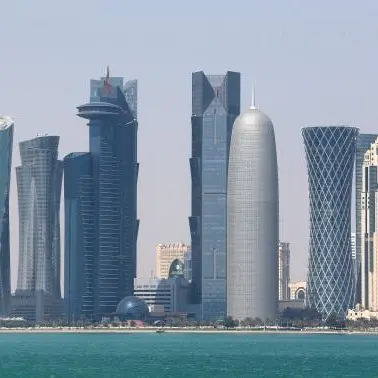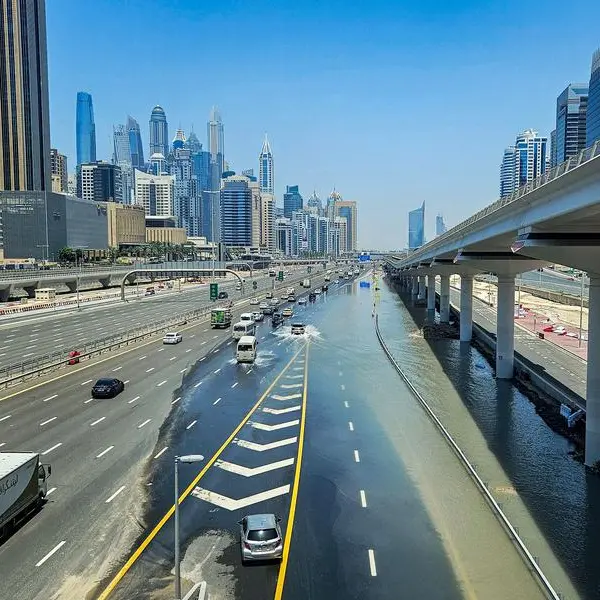PHOTO
The UAE's health insurance market has too many players fighting for very small amounts of market share, a Dubai Health Authority official has said.
Speaking at this year’s Dubai World Insurance Congress, the authority's head of payer regulation, Ali Fareed Lutfi, said: "We have players unfortunately with 0.01 percent market share in the market still, and there are a couple lower than that.
“This, in our view, hopefully will lead to some consolidation, specialisation or some players leaving the market," he added, "It overcomplicates things and everybody knows there's a lot of supply, there's fierce competition,” he said during a segment on the region’s health insurance market.
The Dubai Health Authority (DHA) licences 50 of the UAE's 62 insurance companies, 23 of the 25 third-party administrators (TPAs) licenceed by the UAE Insurance Authority, and 103 out of 201 of the brokers or intermediaries operating in the market.
Of the participating insurers (PIs) providing health cover, Lutfi said that it was dominated by one major player (Daman Healthcare), butthere are a group of smaller firms again at the bottom end of the market fighting for market share. This section of the market "is kind-of a critical zone for us", he said.
“Because when we license the PI it's not just for the prestige of being a PI, they have to cover people,” he said, adding that although health insurance was viewed as a lucrative sector, especially following the introduction of mandatory health insurance two years ago, this was no longer the case, as more employees became aware of the cover and began to submit claims.
"Utilisation has picked up," Lutfi said. "The margins aren't what they were a few years ago.”.
In its outlook for the UAE's insurance sector also published in late February, ratings agency AM Best highlighted health insurance, and particularly DHA’s schemes as "a continuing area of unease", saying it expects margins to deteriorate as "policyholders become more aware of their cover and the claims-making process”.
It added that there were “increasing indications” that although provision of mandatory health insurance is a necessity for securing employee visas, many employers were not renewing health insurance policies for years in which visas are not due for renewal.
“The lack of continuous monitoring of employers regarding compliance with the DHA medical programme could create volatility in the level of premium volumes generated by insurers,” it said.
A crowded market
Lutfi revealed that other parts of the market are equally as crowded as PI provision. In the intermediary market, for instance, the top four players control 28.5 percent of the market, with each one having a share above 5 percent. The next four firms have a market share between 2.5-4.9 percent, 39 firms have a share between 0.5-2.5 percent and the remaining 139 intermediaries each have a share of less than 0.5 percent.
“Again, this market drastically needs some people to take a step down,” Lutfi said.
In an interview with Zawya on the sidelines of the conference, which took place on February 27-28, Mohammed Ali Londe, an analyst at Moody's Investor's Service, warned that although medical insurance schemes in Dubai had been profitable in recent years, it is a product where liabilities can run for years.
“If you've been able to make profits on a particular scheme in year one, it doesn't necessarily mean that that scheme is going to be profitable in the next year.
“Medical (insurance) has been profitable for many... but medical (insurance) is a game of very large numbers and often those with small portfolios, when they get burned from that portfolio, they're going to stop (providing cover),” Londe said.
Speaking during the same MENA healthcare market segment as Lutfi, Laurent Pochat-Cottilloux, global head of health reinsurance partnerships at AXA, said there were a number of groups that were providing growth opportunities for insurers. One is expatriate workers, although he said the make-up of these is changing, with the Belt and Road initiative sending more workers from China into Africa and Central Asia. Another is the growth in international student numbers, and a third is the increase in medical tourism.
"We estimate that there is about $150 billion spent annually on medical travel. This is increasing by about 15 percent a year - about 15 million patients," he said.
In the MENA region, this involves people from the western side of North Africa typically visiting France and Spain, Egyptians travelling to the UK, or Gulf patients travelling to the United States for specialist treatment. Gulf countries also receive inflows of medical tourists from North Africa, he added.
(Reporting by Michael Fahy; Editing by Mily Chakrabarty)
Our Standards: The Thomson Reuters Trust Principles
Disclaimer: This article is provided for informational purposes only. The content does not provide tax, legal or investment advice or opinion regarding the suitability, value or profitability of any particular security, portfolio or investment strategy. Read our full disclaimer policy here.
© ZAWYA 2019











